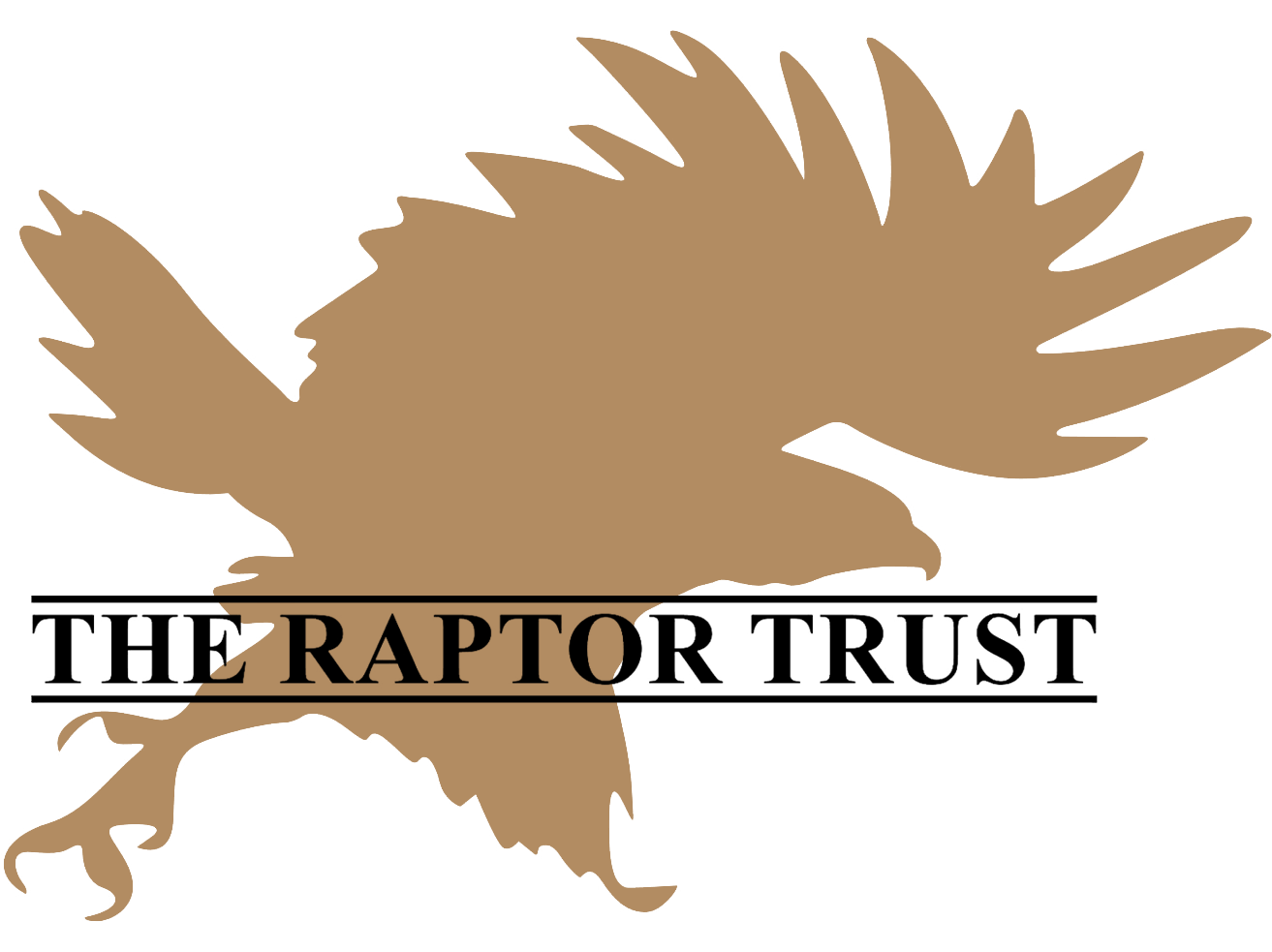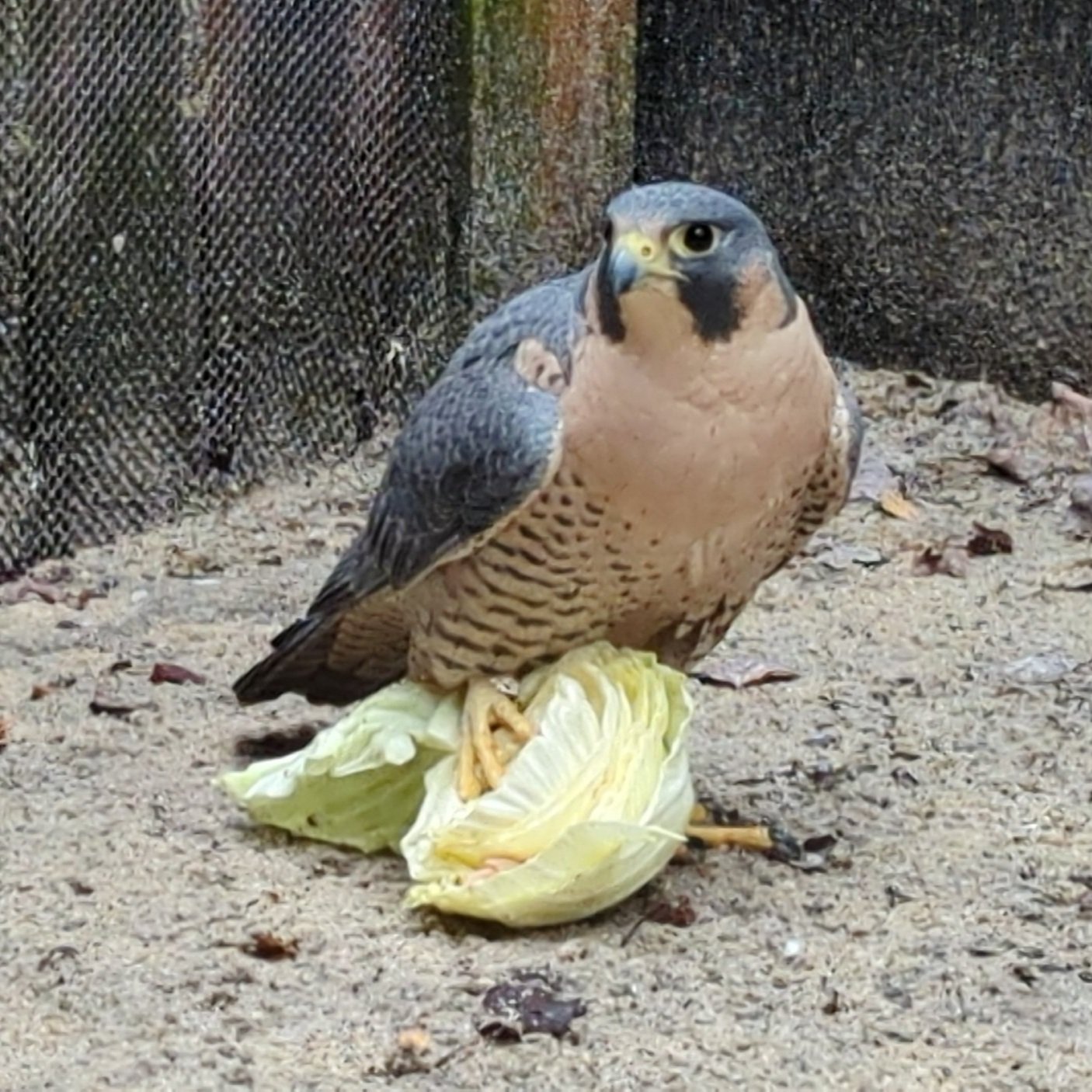Using Enrichment to Better Our Resident Raptors’ Lives
When you think of animal enrichment, you probably think of toys. In fact, that’s a question we get about our Raven, Ray, all the time: “Where are his toys?” This is a perfectly valid question, and it shows that our guests are thinking about the welfare of our animals on display. As animal welfare experts, we are right there with you! If you haven’t heard the term “enrichment” before, you’ve probably thought about it if you have ever wondered what the animals do all day. For our purposes, animal enrichment is anything that makes an animal’s day more interesting and anything with which they can interact.
Our staff provide enrichment for our animals in a number of different ways, starting with the design of our enclosures. Each enclosure has a section that has a roof and a section that doesn’t. This gives the animal inside the option to choose whether they want to be covered and protected from the sun, rain, or snow, or if they want to sit out and enjoy the feel of the elements. Being able to choose and control their environment in as many ways as we can offer, is hugely enriching to our animals. You (yourself) provide enrichment for our birds when you visit: they spend a lot of time watching our guests (and the squirrels).
When guests are asking about enrichment, however, they usually mean new toys or experiences. We offer those opportunities as well. Raptors in the wild spend most of their days looking for food, or digesting it. Since our animals are fed by our staff, we can change the way we offer food to help simulate a more wild experience. When we offer enrichment, we often use it to deliver food in a new way, or ask the bird to solve a problem to access their snacks. For our education ambassadors, a lot of the time that is through training, a post for a later day!
Dusky the Eastern Screech Owl prefers a more natural approach with some leaves! In the video above, we hid some tasty wax worms in some fallen leaves and let her search for her meal. You can watch her employ her hearing, vision, and her sensory feathers in search of food.
Raptors don’t eat vegetables, but that doesn’t mean they can’t play with them! In this photo, Aretha the Peregrine Falcon stands victorious over her vanquished foe, a cabbage.
We often get crafty with our enrichment. After the infirmary staff have finished with a roll of paper towels, the education staff uses the cardboard center as a fun way to hide food from the Turkey Vultures. As you can see, Templeton wasn’t fooled and knew exactly how to use her strong beak to open the roll for it's tasty treats inside.
There are many ways we provide enrichment for the animals in our care from natural conditions like sun and rain, to options to bathe, get close to people, or new ways to hunt. Our staff make sure our animals have the best quality of life possible here at The Raptor Trust.


